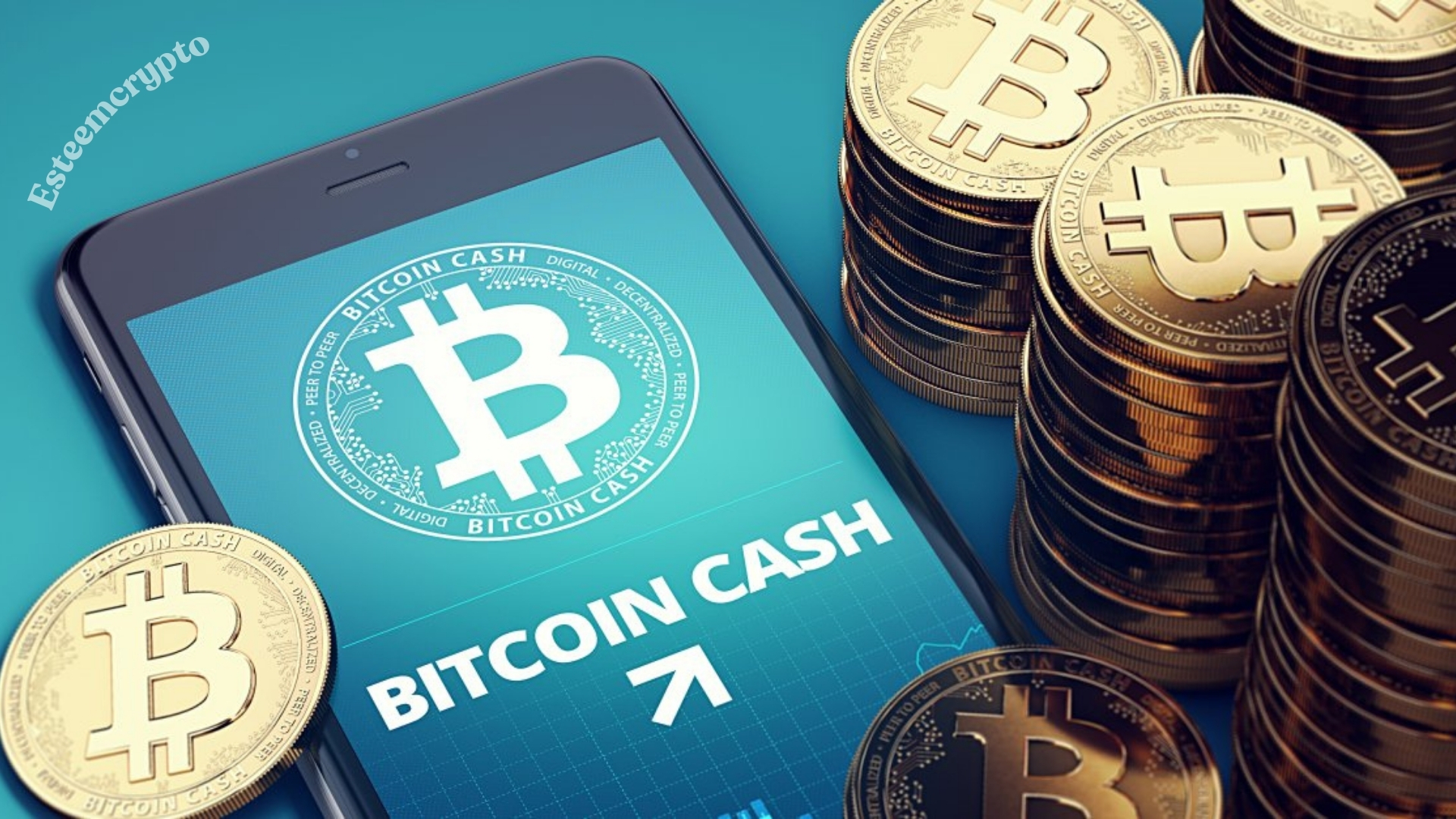Stellar Cross Border Payments vs SWIFT Speed Cost & Future Comparison 2025

The global financial landscape is experiencing a seismic shift as blockchain-based payment systems challenge traditional banking infrastructure. When examining stellar cross-border payments vs SWIFT, we uncover a fascinating battle between innovation and established protocols. The Stellar network, powered by its native cryptocurrency XLM (Lumens), promises to revolutionize international money transfers with unprecedented speed and minimal costs.
Meanwhile, SWIFT (Society for Worldwide Interbank Financial Telecommunication) has dominated cross-border payments for decades, connecting over 11,000 financial institutions across 200+ countries. This comprehensive comparison will help you understand which system truly delivers superior performance for international transactions.
Understanding the Fundamentals: Stellar Network vs SWIFT System
What is the Stellar Payment Network
The Stellar network represents a decentralized, open-source blockchain platform specifically designed for cross-border payments and currency exchange. Launched in 2014 by Jed McCaleb, co-founder of Ripple, Stellar operates as a distributed ledger that facilitates rapid, low-cost international transfers. The network uses its native cryptocurrency, Lumens (XLM), as a bridge currency to enable seamless conversions between different fiat currencies.
Stellar’s architecture eliminates the need for traditional correspondent banking relationships, allowing direct peer-to-peer transactions across borders. Financial institutions, payment providers, and individual users can leverage Stellar’s infrastructure to send money globally within 3-5 seconds, regardless of the transaction amount or destination country.
How SWIFT Powers Traditional Banking
SWIFT operates as a messaging network that enables secure communication between financial institutions worldwide. Established in 1973, SWIFT doesn’t transfer money but instead sends standardized payment instructions between banks. When you initiate an international wire transfer, SWIFT facilitates the communication between your bank and the recipient’s bank, often involving multiple intermediary banks in the process.
The SWIFT network processes over 42 million messages daily, handling trillions of dollars in transactions. However, this traditional system relies on a complex web of correspondent banking relationships, leading to longer settlement times and higher fees compared to modern blockchain alternatives.
Speed Comparison: StellarCross-Border Payments vs SWIFT Processing Times

Stellar’s Lightning-Fast Transactions
One of the most compelling advantages when comparing stellar cross-border payments vs SWIFT is transaction speed. Stellar network completes cross-border payments in 3-5 seconds, regardless of the destination country or transaction amount. This remarkable speed stems from Stellar’s consensus protocol, which doesn’t require energy-intensive mining like Bitcoin or lengthy confirmation times.
The network’s efficiency allows real-time settlement, meaning funds are immediately available to recipients. This speed advantage becomes particularly valuable for businesses requiring urgent international payments or individuals sending remittances to family members abroad.
SWIFT’s Multi-Day Processing Window
Traditional SWIFT payments typically require 1-5 business days for completion, depending on various factors including:
- Number of intermediary banks involved
- Time zone differences between sender and recipient countries
- Compliance and regulatory checks
- Weekend and holiday processing delays
- Currency conversion requirements
Complex international transfers involving multiple currencies or high-risk countries can extend processing times to a full week or longer. This delay often frustrates businesses and individuals who need immediate access to funds.
Cost Analysis: Transaction Fees and Hidden Expenses
Stellar’s Minimal Fee Structure
Stellar network charges incredibly low transaction fees, typically costing only 0.00001 XLM (less than $0.000001) per transaction. This fixed fee applies regardless of the transfer amount, making Stellar particularly attractive for large international payments where traditional systems charge percentage-based fees.
The network’s fee structure remains predictable and transparent, with no hidden costs or variable pricing based on market conditions. Financial institutions building on Stellar can offer competitive exchange rates without worrying about fluctuating network fees.
SWIFT’s Complex Fee Ecosystem
SWIFT payments involve multiple fee layers that significantly impact the total cost:
Bank Fees:
- Originating bank fees: $15-50
- Intermediary bank fees: $10-25 per bank
- Receiving bank fees: $10-30
Additional Costs:
- Currency conversion spreads: 2-4% above mid-market rates
- Correspondent banking fees
- Regulatory compliance charges
- Same-day processing premiums
A typical SWIFT international transfer can cost $30-100 or more, with percentage-based fees making large transfers particularly expensive. The lack of transparency often means senders don’t know the total cost until after completion.
Technology Infrastructure Blockchain Innovation vs Traditional Banking
Stellar’s Distributed Ledger Technology
The Stellar network operates on a decentralized blockchain that provides several technological advantages:
Consensus Mechanism: Stellar uses the Stellar Consensus Protocol (SCP), a federated Byzantine agreement system that achieves consensus without mining. This approach ensures fast transaction processing while maintaining security and decentralization.
Multi-Currency Support: The network natively supports thousands of currencies and assets, enabling direct trading pairs without requiring multiple conversion steps.
Smart Contract Functionality: Stellar offers basic smart contract capabilities for automated payment processing and complex financial instruments.
Open Source Development: The entire Stellar codebase is open source, promoting transparency and community-driven improvements.
SWIFT’s Centralized Messaging System
SWIFT operates as a centralized messaging network with the following characteristics:
Standardized Messaging: Uses MT (Message Type) formats for consistent communication between financial institutions.
Centralized Architecture: All messages flow through SWIFT’s secure data centers, creating potential single points of failure.
Legacy Integration: Designed to work with existing banking infrastructure, limiting innovation potential.
Closed Network: Membership requires significant financial commitments and regulatory compliance.
Security and Compliance Protecting International Transfers
Stellar’s Blockchain Security Model
Stellar’s security relies on cryptographic principles and decentralized validation:
- Cryptographic Protection: All transactions are secured using advanced cryptographic signatures
- Immutable Ledger: Once confirmed, transactions cannot be altered or reversed
- Distributed Validation: Multiple validators confirm each transaction, preventing single points of failure
- Built-in Compliance: Smart contracts can incorporate regulatory requirements automatically
SWIFT’s Established Security Framework
SWIFT has developed comprehensive security measures over decades:
- End-to-End Encryption: All messages are encrypted during transmission
- Multi-Factor Authentication: Strong identity verification for network access
- Audit Trails: Detailed logging of all network activities
- Regulatory Compliance: Established relationships with global financial regulators
Real-World Adoption and Use Cases
Stellar’s Growing Ecosystem
Several major organizations have adopted Stellar for cross-border payments:
MoneyGram Partnership: The global money transfer company uses Stellar for USDC settlements, reducing costs and improving speed.
IBM World Wire: IBM’s payment network leverages Stellar’s infrastructure for international B2B payments.
Circle’s USDC: The popular stablecoin operates on Stellar, enabling fast dollar transfers globally.
Central Bank Digital Currencies: Several countries are exploring Stellar for CBDC implementations.
SWIFT’s Dominant Market Position
SWIFT maintains its position as the backbone of international finance:
- Processes over $150 trillion annually
- Connects 11,000+ financial institutions
- Operates in 200+ countries and territories
- Handles 90% of international payment messaging
SStellarCross-BorderPayments vs SWIFT Environmental Impact

Stellar’s Energy-Efficient Design
The Stellar network consumes significantly less energy than traditional proof-of-work blockchains. The Stellar Consensus Protocol doesn’t require mining, making it one of the most environmentally friendly blockchain networks. Studies suggest Stellar’s entire network consumes less energy than a single Bitcoin transaction.
SWIFT’s Traditional Infrastructure Footprint
SWIFT’s environmental impact includes:
- Multiple data centers worldwide
- Extensive banking infrastructure requirements
- Paper-based processes in many institutions
- Energy consumption from correspondent banking networks
Future Outlook: Innovation vs Established Systems
Stellar’s Development Roadmap
The Stellar Development Foundation continues advancing the network with:
- Soroban Smart Contracts: Advanced smart contract functionality launching in 2024
- Enhanced Compliance Tools: Built-in regulatory compliance features
- Central Bank Partnerships: Collaboration with governments on digital currency initiatives
- DeFi Integration: Expanding decentralized finance capabilities
SWIFT’s Modernization Efforts
SWIFT is responding to blockchain competition through:
- SWIFT Go: Faster processing for small-value payments
- Cross-Border Payments Initiative: Improved transparency and speed
- API Development: Modern interfaces for fintech integration
- Central Bank Digital Currency Exploration: Research partnerships with monetary authorities
Challenges and Limitations
Stellar’s Adoption Hurdles
Despite technological advantages, Stellar faces challenges:
- Regulatory Uncertainty: Evolving cryptocurrency regulations globally
- Network Effect: SWIFT’s established user base creates switching costs
- Liquidity Requirements: Need for adequate XLM liquidity for large transfers
- Integration Complexity: Banks require significant technical integration
SWIFT’s Systemic Issues
Traditional SWIFT payments encounter ongoing problems:
- Speed Limitations: Inherent delays in correspondent banking
- High Costs: Multiple intermediaries increase expenses
- Transparency Gaps: Limited visibility into payment status
- Technical Debt: Legacy systems resist modernization
Integration and Implementation Considerations
Adopting Stellar for Financial Institutions
Banks and payment providers considering Stellar integration should evaluate:
Technical Requirements:
- API integration capabilities
- Compliance framework adaptation
- Staff training and development
- Security infrastructure updates
Regulatory Considerations:
- Local cryptocurrency regulations
- Anti-money laundering compliance
- Know Your Customer requirements
- Cross-border payment licensing
Maintaining SWIFT Operations
Institutions using SWIFT must consider:
- Correspondent Banking Relationships: Maintaining multiple banking partnerships
- Compliance Costs: Ongoing regulatory requirements
- Technology Updates: SWIFT network modernization initiatives
- Fee Management: Optimizing correspondent banking fees
Market Trends and Industry Analysis
Recent market research indicates growing interest in blockchain-based payment solutions. According to industry reports, cross-border payment volumes are expected to reach $250 trillion by 2027, with blockchain networks capturing an increasing market share.
Central banks worldwide are exploring digital currencies built on networks like Stellar, potentially accelerating adoption. The European Central Bank, Bank of England, and Federal Reserve are all researching CBDC implementations that could leverage blockchain infrastructure.
Also Read: Top Altcoins to Watch in 2025: Solan, a Dogeco in PEPE & More
Making the Right Choice: When to Use Each System
Stellar Advantages for Specific Use Cases
Choose Stellar for:
- High-frequency, low-value transfers: Remittances and micropayments
- Real-time settlement requirements: Time-sensitive business payments
- Cost-sensitive operations: Minimizing transaction expenses
- Emerging market transactions: Countries with limited banking infrastructure
SWIFT Advantages for Traditional Banking
SWIFT remains optimal for:
- Large institutional transfers: Complex B2B transactions
- Highly regulated environments: Traditional banking relationships
- Established correspondent networks: Existing banking partnerships
- Conservative risk tolerance: Proven track record and stability
Conclusion
The comparison between stellar cross-border payments vs SWIFT reveals a financial industry in transition. Stellar’s blockchain technology offers compelling advantages in speed, cost, and accessibility, making it an attractive alternative for modern payment needs. However, SWIFT’s established infrastructure and regulatory relationships continue to serve traditional banking requirements effectively.
Organizations evaluating these systems should consider their specific needs, risk tolerance, and technical capabilities. As blockchain technology matures and regulatory frameworks evolve, we expect increased adoption of networks like Stellar alongside continued modernization of traditional systems like SWIFT.




